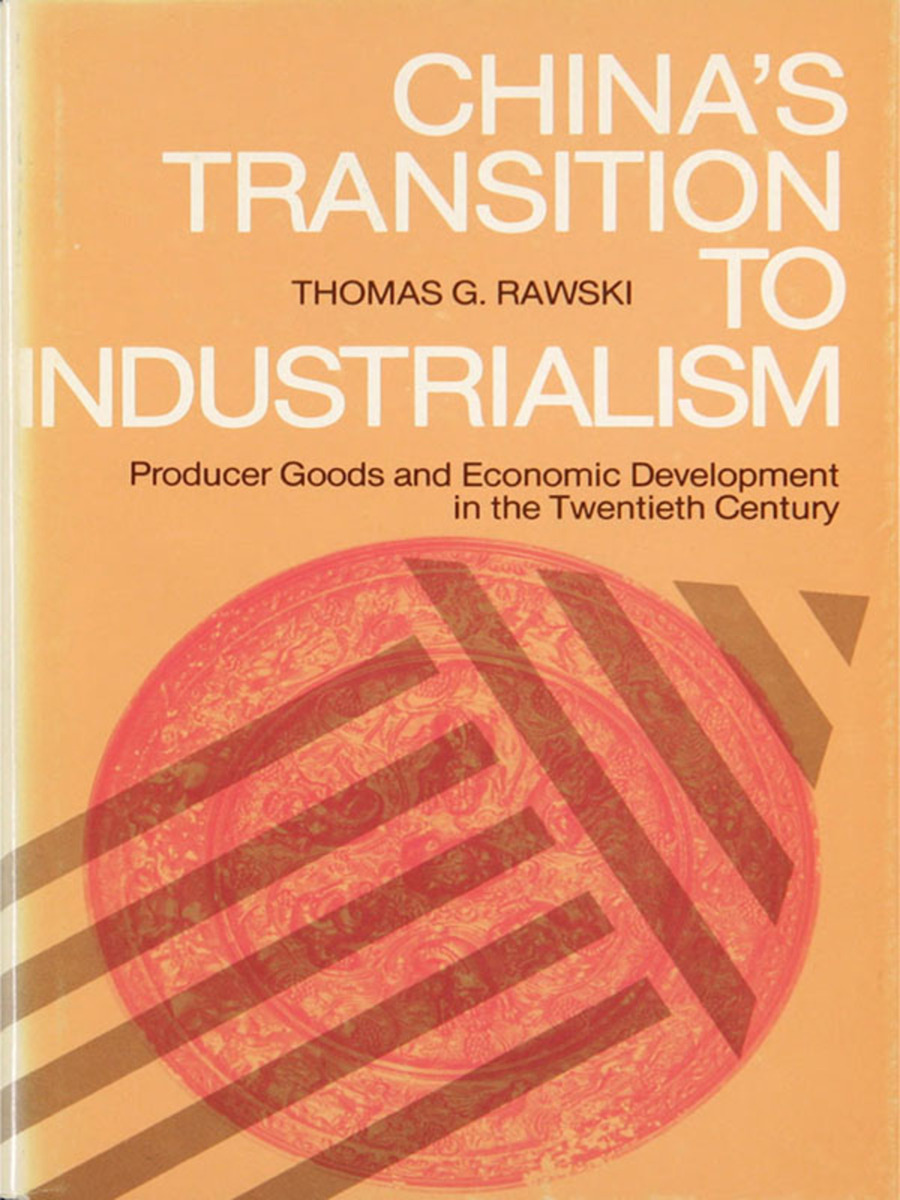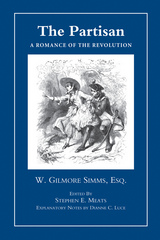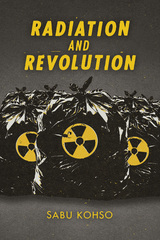China's Transition to Industrialism
University of Michigan Press, 1980
Cloth: 978-0-472-08755-6 | eISBN: 978-0-472-22317-6 (standard)
See other books on: Business & Economics | Business Development | Development | Industrialism | Rawski, Thomas G.
See other titles from University of Michigan Press
Cloth: 978-0-472-08755-6 | eISBN: 978-0-472-22317-6 (standard)
ABOUT THIS BOOK | AUTHOR BIOGRAPHY | REQUEST ACCESSIBLE FILE
ABOUT THIS BOOK
China's Transition to Industrialism studies the history and development of a group of industries which have played key roles in China's recent economic gains. Drawing on a wide range of materials, the author focuses on engineering, chemicals, and allied producer industries, showing how the growth of these sectors sparked a dynamic process of development which has spread to encompass the entire Chinese economy. Rawski traces this industrialization process to three distinct sources: vigorous prewar development in the private sector, which created a nucleus of experienced producers in Shanghai and other urban centers; the resource mobilization efforts of the post-1949 Communist government; and a series of economic reforms which relaxed the performance constraints found in other socialist economies and stimulated a burst of innovative activity which has propelled China's economy from the depression of the early 1960s to a record of economic achievement unmatched among the large nations of the developing world.
See other books on: Business & Economics | Business Development | Development | Industrialism | Rawski, Thomas G.
See other titles from University of Michigan Press












